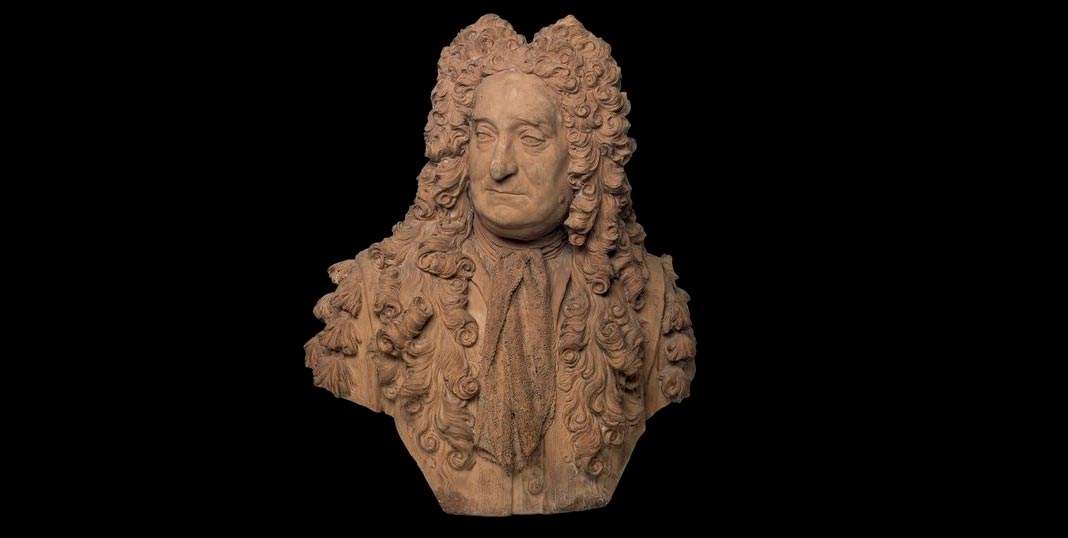The British Museum removed the bust of its founder, physician and naturalist Hans Sloane (Killyleagh, 1660 - London, 1753), who in his lifetime collected more than 70 thousand items (books, medals, coins, a herbarium with plants from around the world, curiosities natural and man-made) collected during his many travels and then donated, through his will, to King George II of England, for the benefit of the English nation, in exchange for £20,000 for his heirs and a publicly accessible museum that could display the collection: Thus was born, in 1753, the first nucleus of the British Museum.
Sloane, however, also has ties to the phenomenon of slavery, which is why the bust will no longer have the position it has held until now. In fact, his official biography on the British Museum’s website states that Sloane worked as a doctor to the governor of Jamaica (then a British colony): “it was the slaves, men, women and children from West Africa,” the biography reads, “who made Jamaica profitable through their labor since the British began to import slaves in ever-increasing numbers in the late 17th century. Sloane worked as a doctor on a plantation worked by slaves and, with the help of English workers and West African slaves (mainly Akan ethnic men and women from what are now Ghana and the Ivory Coast), collected a collection of 800 plant specimens, as well as animals and curiosities.” In addition, upon returning from the Caribbean, Sloane married Elizabeth Langley Rose, heiress of a family that owned Jamaican plantations where slaves worked, and therefore made money from their labor. And through the family’s profits, Sloane was able to collect even more items in the years that followed.
The decision to remove Sir Sloane’s bust was made by the museum’s management in the wake of the events of recent weeks and the protests of the Black Lives Matter movement: indeed, from many quarters in recent months there has been a call for more inclusive museums capable of telling more points of view. That is why the director of the British Museum, Hartwig Fischer, decided to remove the bust from its pedestal and grant it a less conspicuous placement, in a cabinet where there are several objects that explain its work in the context of the British Empire and slavery in the 17th-18th centuries. “We’ve taken it off the pedestal, we don’t have to hide anything,” Fischer told the Telegraph. “Dedication to the truth, when it comes to making history, is absolutely fundamental: the goal is to rewrite our history, which is shared, complicated and, at times, very painful. The case of Hans Sloane and his relationship to slavery is a very important passage.”
Pictured is the bust of Hans Sloane
 |
| British Museum removes founder's bust over ties to slavery |
Warning: the translation into English of the original Italian article was created using automatic tools. We undertake to review all articles, but we do not guarantee the total absence of inaccuracies in the translation due to the program. You can find the original by clicking on the ITA button. If you find any mistake,please contact us.